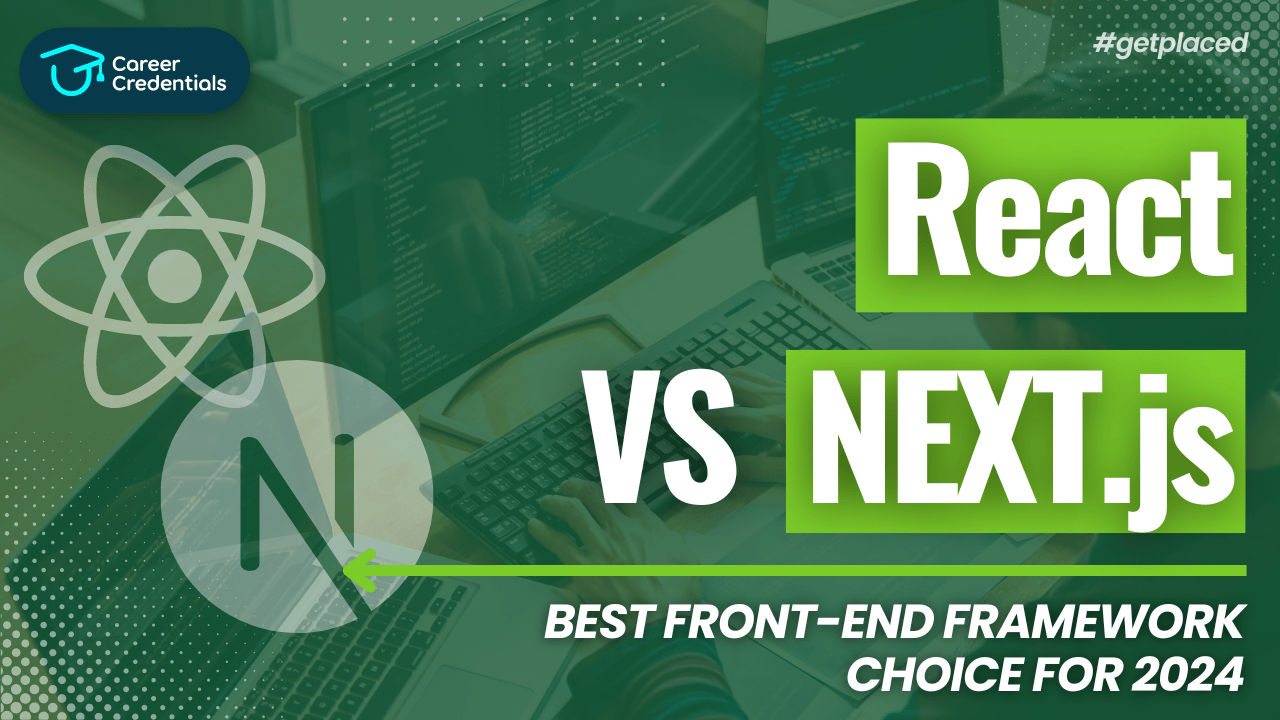Front End vs. Back End vs. Full Stack: What Sets Them Apart?
Introduction: Understanding Web Development Roles
In the world of technology, web development plays a crucial role in how we interact online. It involves creating websites and applications that work smoothly and look good. This process is divided into different areas: front-end, back-end, and full-stack development.
Front-end development focuses on making websites look great and easy to use for people. Back-end development deals with the behind-the-scenes work, like managing data and making sure everything runs smoothly. Full-stack development covers both areas, giving developers a broad range of skills to build entire websites or apps.
In this article, we'll explore what each of these roles does, the tools they use, the jobs available, and why they're all important in the world of web development.
Front End Development: Bringing Designs to Life
Front-end development focuses on the user interface (UI) and user experience (UX) of web applications. It's about translating design mockups into interactive web pages that users can see and interact with directly in their browsers.
Technologies and Tools:
- HTML, CSS, JavaScript: Fundamental building blocks for structuring content, styling elements, and adding interactive behaviors.
- Frameworks: Popular choices include Angular, React, and Vue.js, which streamline development and enhance UI functionality.
- Design Tools: Often used alongside development tools to ensure pixel-perfect implementations of designs.
Responsibilities:
- UI/UX Implementation: Ensuring that the visual design and user interaction align seamlessly with user expectations.
- Performance Optimization: Improving load times and responsiveness through efficient coding practices.
- Cross-Browser Compatibility: Ensuring the web application looks and works consistently across different browsers and devices.
Career Paths:
- Front-End Developer: Focuses on implementing client-side logic and visual elements.
- UI/UX Designer: Primarily involved in creating intuitive and visually appealing user interfaces.
- Web Designer: Combines design skills with front-end development to create aesthetically pleasing and functional websites.
Back End Development: Powering the Web Behind the Scenes
Back-end development involves the server-side logic and database management that enable the functionality of web applications. It's about handling data processing, server-side rendering, and ensuring seamless communication between the front end and various data sources.
Technologies and Tools:
- Programming Languages: Such as Python, Java, Ruby, PHP, and Node.js, depending on the stack.
- Frameworks: Examples include Django, Spring Boot, Ruby on Rails, and Express.js, which expedite development and maintainability.
- Databases: SQL (e.g., MySQL, PostgreSQL) and NoSQL (e.g., MongoDB) for storing and retrieving data.
Responsibilities:
- Server-Side Logic: Implementing business logic and algorithms that handle data processing and manipulation.
- Database Management: Designing schemas, querying data, and ensuring efficient data storage and retrieval.
- API Development: Creating endpoints that facilitate communication between the front end and the server.
Career Paths:
- Back-End Developer: Focuses on server-side programming, database management, and API development.
- Database Administrator (DBA): Specializes in managing and optimizing database systems.
- DevOps Engineer: Integrates development and operations, ensuring smooth deployment and scalability of web applications.
Full-Stack Development: Bridging Front End and Back End
Full-stack development combines both front-end and back-end technologies, allowing developers to work on all aspects of web application development. It's about understanding the entire application stack—from user interface to server-side logic and database management.
Technologies and Skills:
- Versatility: Proficiency in both front-end and back-end technologies, adapting to project requirements.
- Problem Solving: Ability to tackle challenges across the entire development spectrum, from UI design to server optimization.
- Communication: Facilitating seamless collaboration between front-end and back-end teams.
Responsibilities:
- End-to-End Development: Building complete features from UI design to database integration.
- Project Management: Overseeing the entire development lifecycle, from planning and prototyping to deployment and maintenance.
- Continuous Learning: Keeping up with advancements in both front-end and back-end technologies to deliver cutting-edge solutions.
Career Paths:
- Full-Stack Developer: Capable of independently developing entire web applications, integrating front-end and back-end functionalities.
- Technical Lead: Guides teams in adopting best practices and technologies for comprehensive web development.
- Startup Founder: Utilizes full-stack skills to build and launch innovative web-based products from scratch.
Conclusion: Choosing Your Path in Web Development
Deciding between front-end, back-end, or full-stack development depends on your interests, skills, and career aspirations. Each role offers unique challenges and opportunities to contribute to the dynamic world of web development.
Whether you're passionate about crafting intuitive user interfaces, optimizing server performance, or tackling end-to-end development challenges, the field of web development promises growth, innovation, and endless learning opportunities.
In conclusion, while front-end, back-end, and full-stack development each have distinct focuses and skill sets, they all play integral roles in creating functional, user-friendly web applications. Whether you choose to specialize or embrace the versatility of full-stack development, the key is to stay curious, adaptable, and committed to mastering the evolving technologies that shape the digital landscape.





